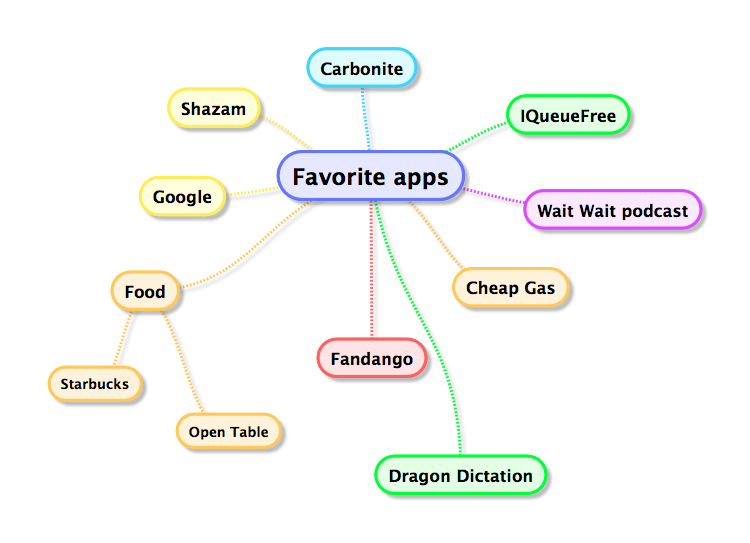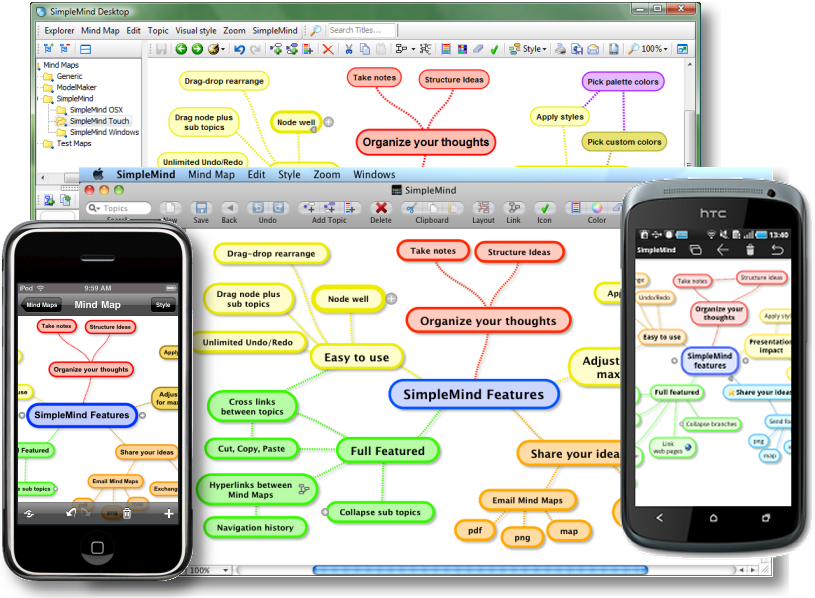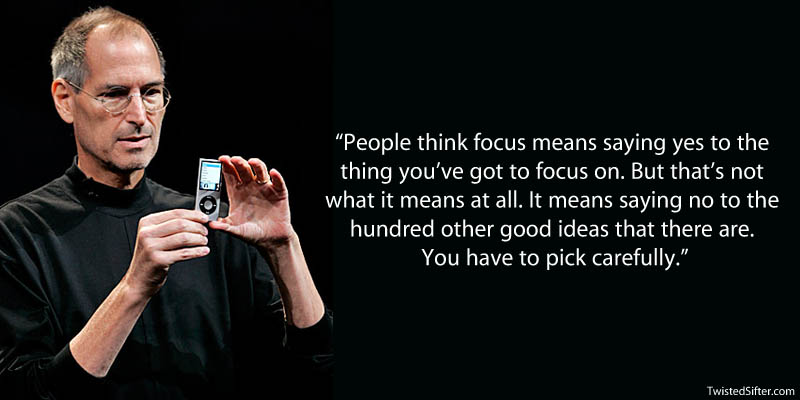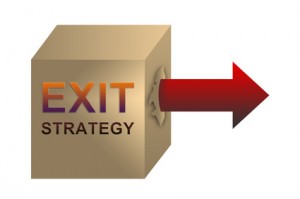 Thanksgiving is almost here, and you know what that means — the new year is quickly approaching! You may have lots of dreams and ideas about how 2014 will be different, but if you wait until January to start planning, you lose the momentum of being able to leap into the new year with everything in place.
Thanksgiving is almost here, and you know what that means — the new year is quickly approaching! You may have lots of dreams and ideas about how 2014 will be different, but if you wait until January to start planning, you lose the momentum of being able to leap into the new year with everything in place.
Be honest with yourself: how many of the dreams and ideas you had at this time last year have you implemented? [Take a moment to really think about this. Then consider how important it is to you that 2014 be different. If the answer is ‘very’, then read on for the seven very concrete tips I have for you.]
Here are 7 ways to help make 2014 the year you GO BIG in your business:
- The ‘talk’ part in the title of this post is important — you need time to flesh out your ideas, and running them by some trusted advisors will help you do that. But first you need to accomplish tip #2.
- Find some quiet time to think about what you want to change in your business. The long Thanksgiving weekend can be a perfect time to do this. Schedule the time now in your calendar.
- As a first step in the planning process, create space for the new by clearing your desk – you may be amazed at how much more creative you will be without the mental blockage clutter causes.
- An additional benefit of clearing your desk is that you will come across ideas you jotted down or papers you saved that will stimulate ideas you had forgotten.
- The next step is to list & prioritize your ideas. I suggest picking ONE revenue-generating idea and ONE system improvement idea to focus on having ready to implement in January.
- Now, start talking! Get feedback from accountability partners, mastermind groups, or members of business groups of which you are a member.
- Based on the feedback you receive, you may want to re-prioritize your top revenue-generating and/or system improvement idea – but that’s why the feedback is helpful.
- Bonus Tip: Now that you have your priorities, start a list of what tasks need to be accomplished to make your ideas a reality by January 1.
If any of this seems difficult (or is not happening), I excel at helping business owners get clear on what to prioritize in their business, and developing an action plan to make those priorities a reality. And it can all be done over the phone (or Skype, if you prefer a video chat). Call me a 805-616-2466 to discuss whether this would work well for you. Imagine how great it will feel to jump into 2014 with your action plan already in place!





 I love Trader Joe’s. Free samples, an interesting selection of food, reasonable prices, and they treat their employees well – what’s not to like? This is a corporation that has a definite personality, which includes a commitment to charitable giving. If you show you are asking for a non-profit, they are generous at donating a gift bag of their products. But, at least at my local store, you must ask a month in advance, something for which I was not prepared when I asked for a raffle prize for our NAWBO mixer ten days in advance of the mixer date.
I love Trader Joe’s. Free samples, an interesting selection of food, reasonable prices, and they treat their employees well – what’s not to like? This is a corporation that has a definite personality, which includes a commitment to charitable giving. If you show you are asking for a non-profit, they are generous at donating a gift bag of their products. But, at least at my local store, you must ask a month in advance, something for which I was not prepared when I asked for a raffle prize for our NAWBO mixer ten days in advance of the mixer date. A good military leader grooms his replacement. Likewise, the sooner you, as the owner, start planning for your exit, the more you can get. You should put strategies in place about 5+ years before retiring, because you need time to find, then groom a replacement, put in new procedures, marketing to bring a higher value to the business, thus a higher price for you.
A good military leader grooms his replacement. Likewise, the sooner you, as the owner, start planning for your exit, the more you can get. You should put strategies in place about 5+ years before retiring, because you need time to find, then groom a replacement, put in new procedures, marketing to bring a higher value to the business, thus a higher price for you. Dealing with email is one of the top complaints I hear from my clients. Gmail just came out with a terrific update that I love! It automates what I was doing manually by creating filters (similar to rules in other email programs), and you know how I love automation! Even if you are not currently using Gmail, watch their short video for ideas on how to streamline your own email overload. If you like what you see, remember that it is easy to forward your email from Outlook or another email provider into Gmail. That’s what I do. I explain how in my Inbox Simplicity program.
Dealing with email is one of the top complaints I hear from my clients. Gmail just came out with a terrific update that I love! It automates what I was doing manually by creating filters (similar to rules in other email programs), and you know how I love automation! Even if you are not currently using Gmail, watch their short video for ideas on how to streamline your own email overload. If you like what you see, remember that it is easy to forward your email from Outlook or another email provider into Gmail. That’s what I do. I explain how in my Inbox Simplicity program.